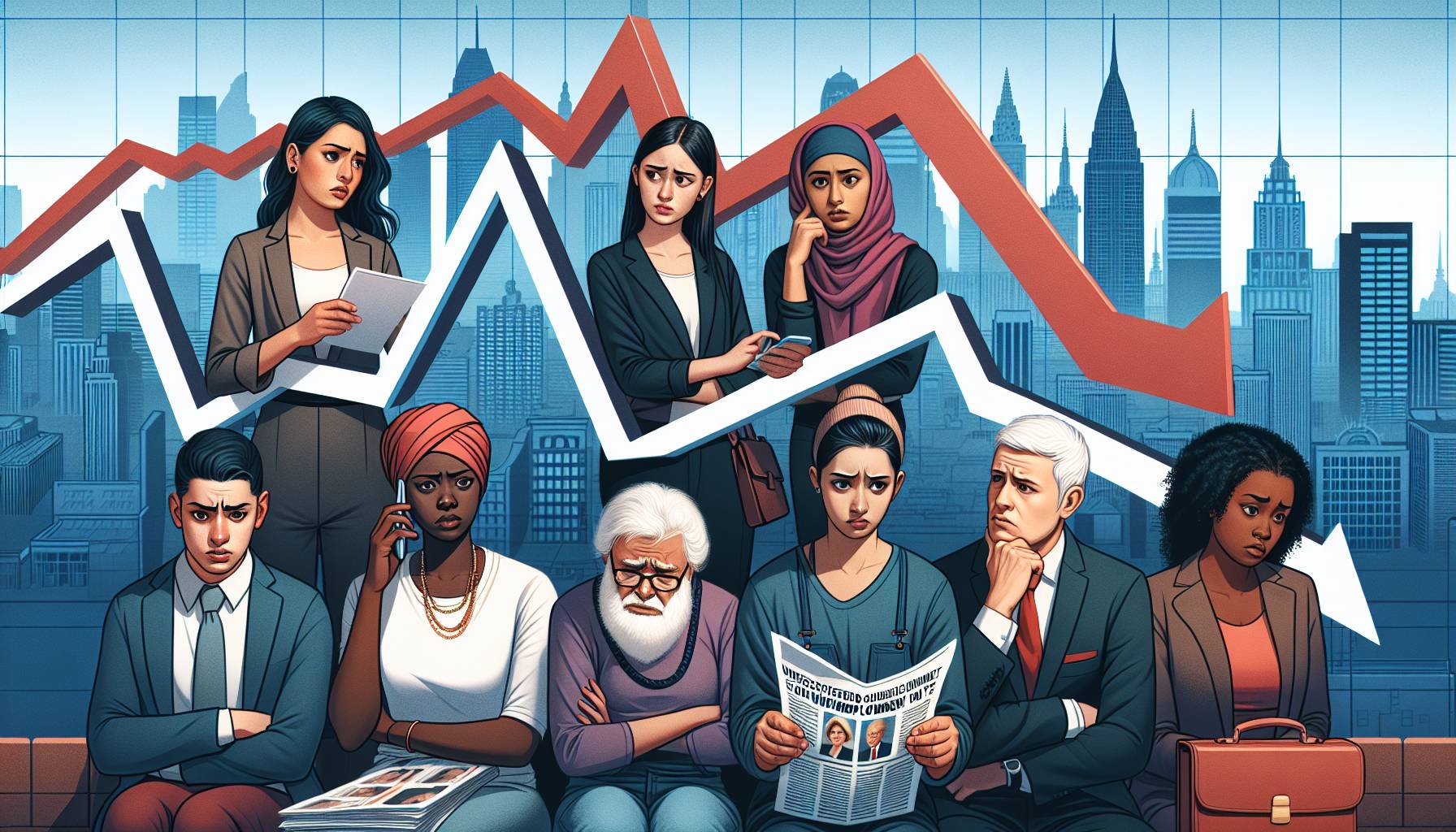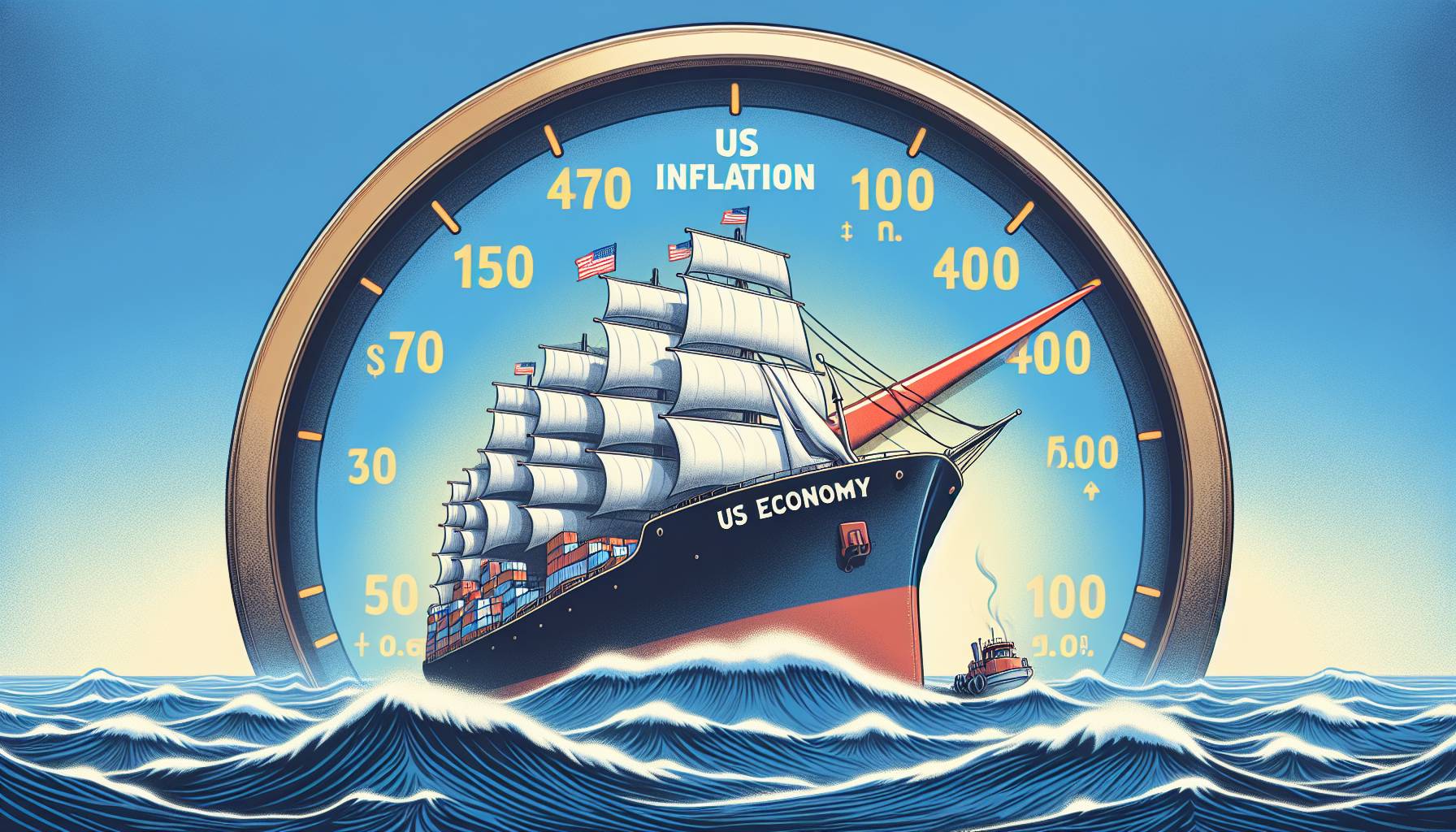impact of initial statements on the USD
In the world of Forex trading, where market sentiment can turn on a dime, the impact of statements by influential figures like former President Donald Trump and Federal Reserve Chair Jerome Powell cannot be overstated. Traders across the globe closely monitor such statements for hints of policy changes or economic forecasts that could sway the value of the US dollar. Recently, comments from both Trump and Powell initially sent the USD into a tailspin, creating a ripple effect in various currency pairs.
Furthermore, subsequent headline news played a crucial role in reversing the initial decline. Statements from other influential economic figures and policymakers provided clarity and reassurance to the markets. For instance, comments from Treasury officials emphasizing a commitment to maintaining a strong dollar policy helped to stabilize investor expectations and mitigate fears of prolonged weakness in the USD.
Looking ahead, the future of the USD will likely be influenced by a range of domestic and international factors that could either bolster or challenge its position. Domestically, the Federal Reserve’s monetary policy will continue to play a pivotal role. Any shifts in interest rate strategies, particularly if the Fed opts for a more aggressive stance due to rising inflation pressures, could strengthen the USD by attracting foreign investments seeking higher returns.
analysis of the rebound factors
Trade dynamics will also be crucial. With ongoing trade negotiations and tariffs influencing global trade flows, the resolution or escalation of trade disputes could impact investor confidence in the USD. A positive resolution of trade tensions, especially with major trading partners, might support the USD through enhanced economic prospects and renewed investor confidence.
Additionally, geopolitical developments shifted in favor of the USD. As tensions eased in certain global hotspots, the attractiveness of the dollar as a safe-haven currency increased. This was compounded by a relative weakening of competing currencies, where political and economic challenges elsewhere made the USD appear more appealing to investors.
In the Australian context, while the AUD initially gained against the USD, the rebound in the American currency prompted a reassessment among Australian traders. The interplay between the two currencies highlighted the importance of staying informed on both local and international developments, ensuring that traders remain agile and able to adapt to rapid market changes.
On the international front, geopolitical developments will remain a significant determinant. The USD often benefits from global instability due to its status as a safe-haven currency. Therefore, any escalation in geopolitical tensions, whether in Europe, the Middle East, or Asia, could prompt a flight to safety, thereby enhancing the USD’s appeal.
future implications for the USD
The USD’s rebound was fueled by a combination of factors that shifted market sentiment and restored confidence among investors. One of the primary drivers was the release of stronger-than-expected economic data from the United States. Key indicators, such as employment figures and GDP growth, painted a more robust picture of the U.S. economy than previously anticipated, suggesting resilience despite earlier uncertainties.
Moreover, subsequent headlines from the geopolitical sphere played a crucial role. Developments in trade negotiations, particularly those involving major economies, eased some of the initial concerns spurred by Trump’s earlier comments. This alleviation of trade tension worries paved the way for a more favorable outlook on the USD.
Another significant element was the recalibration of market expectations regarding Federal Reserve policies. As the dust settled from Powell’s initial statements, analysts and traders reassessed the Fed’s trajectory, focusing on the underlying economic indicators that suggested the potential for future rate hikes. This shift in perception helped steady the USD as investors anticipated a more aggressive stance in the medium to long term.
Markets reacted to these dynamics by adjusting their positions, resulting in selling pressures on the USD. The currency’s decline was further exacerbated by the global market’s response, with investors seeking refuge in alternative assets perceived as safer, such as gold or other currencies like the euro or yen. This shift highlighted the sensitivity of the USD to geopolitical and economic narratives emanating from influential figures like Trump and Powell.
Trump’s remarks, often delivered with his characteristic flair, hinted at potential policy shifts that could influence international trade dynamics. His statements have consistently been a source of volatility, as market participants speculate on their long-term implications. On the other hand, Powell’s speeches, renowned for their measured and analytical nature, provide insights into the Federal Reserve’s economic outlook and interest rate strategies. In this instance, Powell’s comments suggested a cautious approach to interest rate adjustments, which initially undermined the USD, as traders recalibrated their expectations for future rate hikes.
impact of Trump and Powell’s statements on the USD
The immediate reaction to these statements was a decline in the USD, as traders sold off the currency in anticipation of a less aggressive monetary policy stance. The impact was felt across major currency pairs and commodities, with the Australian dollar gaining momentum against its US counterpart, reflecting Australia’s relatively stronger economic outlook during this period. This initial depreciation of the USD underlines the sensitivity of the Forex market to geopolitical and economic cues from influential leaders.
This episode underscores the complex web of factors that can influence currency movements in the Forex market. It is a vivid reminder for traders of the necessity to consider a broad array of economic and political elements when forming their trading strategies.
Moreover, the relative performance of other major economies and their currencies will affect the USD’s trajectory. Should the economic outlook in regions like the Eurozone or emerging markets weaken, the USD could benefit from capital inflows as investors seek stability. Conversely, stronger economic growth abroad could lead to a depreciation of the USD as investors diversify into other currencies.
factors contributing to the USD rebound
Ultimately, the USD’s future will be shaped by a complex interplay of economic indicators, policy decisions, and global events. Investors and policymakers will need to closely monitor these developments to navigate the potential opportunities and challenges that lie ahead for the USD.
Market participants also recalibrated their expectations regarding future monetary policy. With the Federal Reserve signaling a more balanced approach to interest rate adjustments, the prospect of continued economic growth without aggressive rate hikes reassured investors. This perception contributed to a renewed demand for the USD, as it suggested a stable economic environment conducive to investment.
The USD’s rebound, however, was not long in coming. Various factors contributed to the currency’s recovery, illustrating the dynamic nature of the Forex market. One of the primary catalysts was the release of stronger-than-expected economic data from the United States. Reports highlighting robust job growth and increased consumer spending signaled resilience in the US economy, reassuring traders and bolstering confidence in the USD.
The initial statements made by former U.S. President Donald Trump and Federal Reserve Chairman Jerome Powell had a notable impact on the value of the USD. Trump’s comments, often directed towards influencing trade policies and economic strategies, created a sense of uncertainty in the market. This uncertainty, combined with Powell’s cautious stance on interest rates, led to a decline in investor confidence in the USD.
Trump’s rhetoric focused heavily on trade imbalances and tariffs, which raised concerns about potential trade wars. Such fears tend to weigh heavily on currency markets, as traders anticipated potential disruptions to global economic stability. Meanwhile, Powell’s remarks regarding the pace of interest rate hikes introduced additional layers of uncertainty, suggesting a possible slowdown in economic growth.

